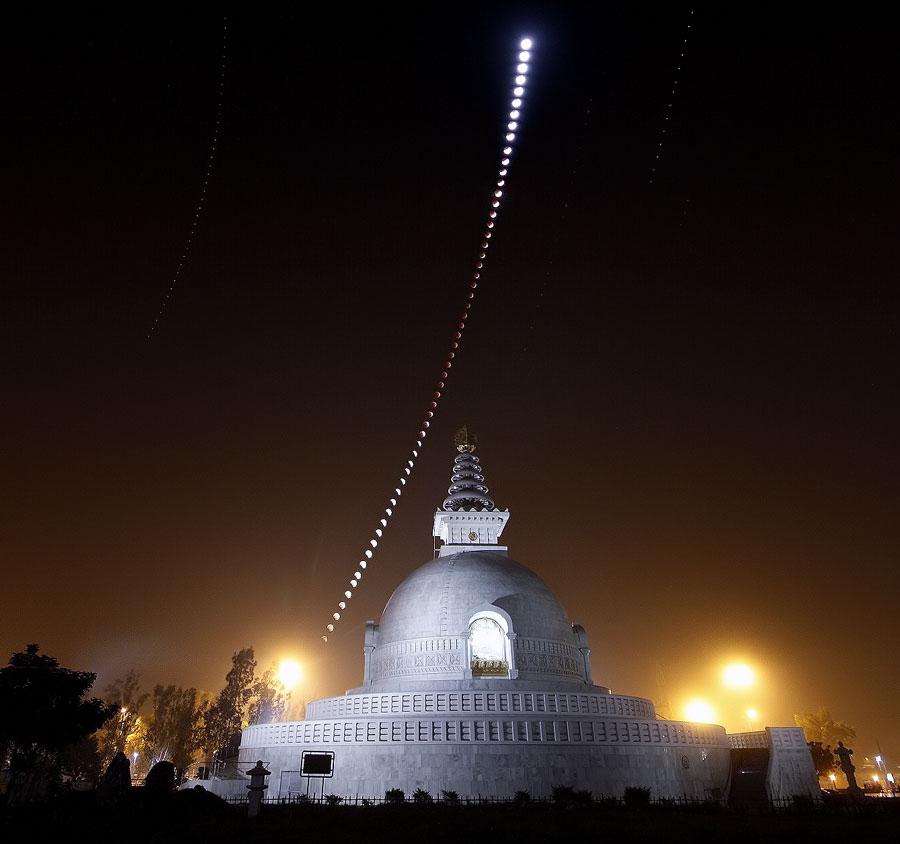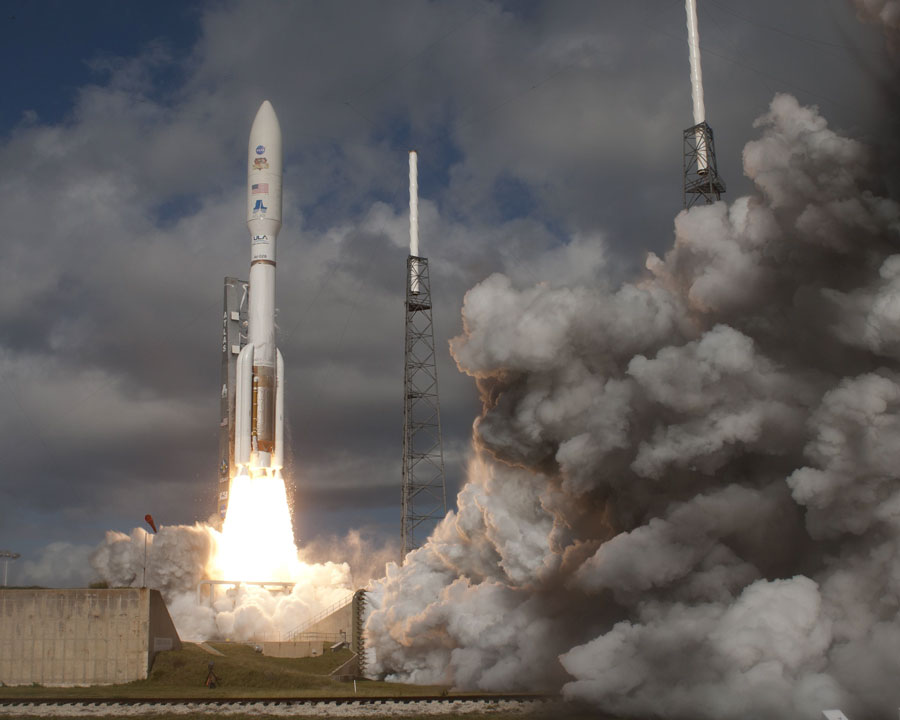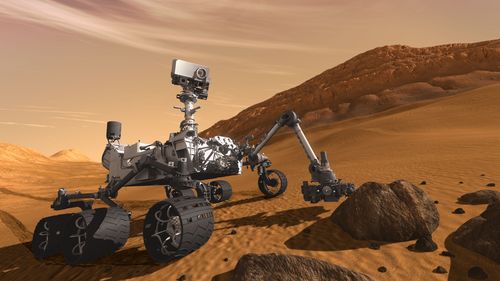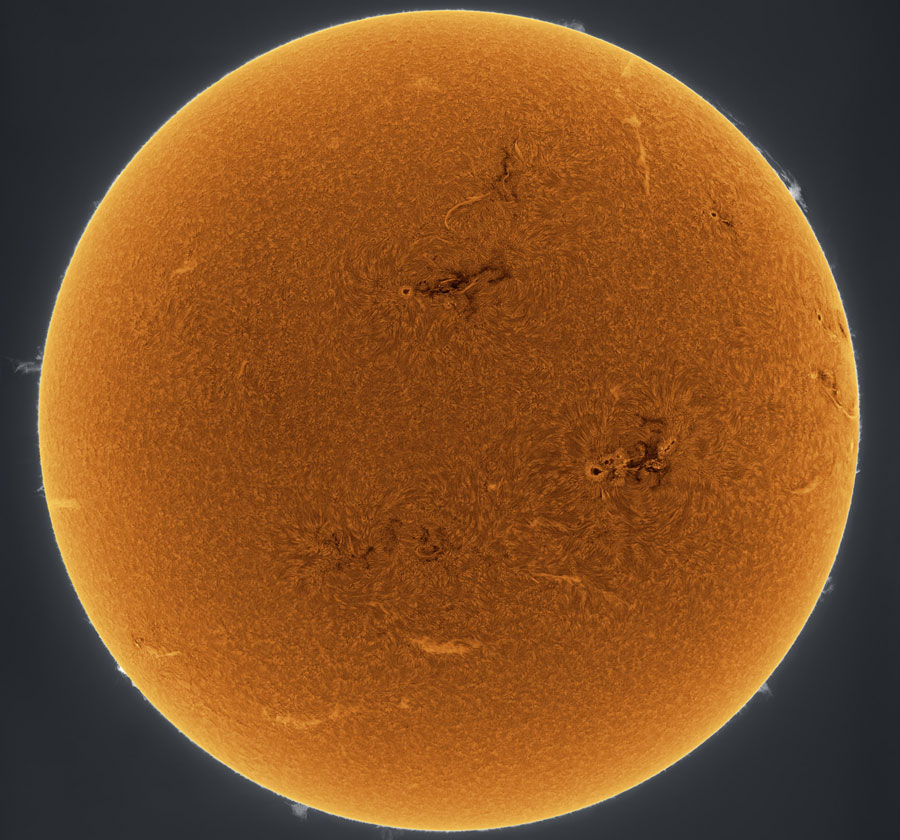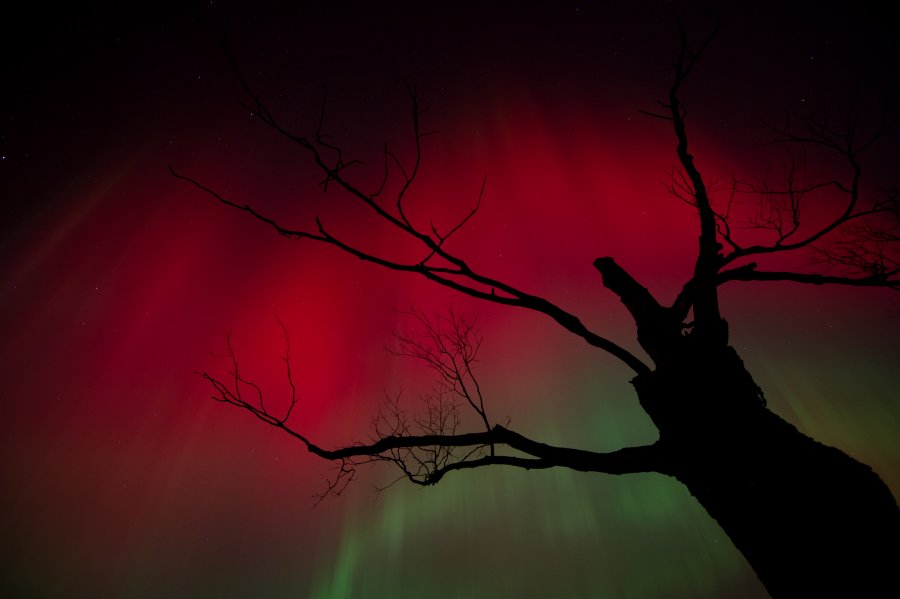Gian Domenico Cassini was born on June eighth in 1625 in Perinaldo.
Originally given the name Giovanni Cassini by his parents, he changed his name twice throughout his life. After studying in Vallebone, Cassini attended the
Jesuit College in
Genoa where he studied poetry, math, and astronomy under Casselli. At first, he was interested in astrology as a career, but he soon decided that it was too unpredictable.
In 1644 a senator from
Bologna with a passion for astrology offered Cassini a job at the Panzano Observatory.
There he learned a lot from the famed scientists Giovanni Riccioli and Francesco Grimaldi (discoverer of diffraction).
At age twenty five, he became a professor at a university in
Bologna where he used telescopes to make planetary observations.
He discovered the flattening of Jupiter, he also concluded this about Earth through his measurement of the arc of the meridian.
Among other things, Cassini observed comets between 1672 and 1707.
He is also known for publishing tables that predicted eclipses of Jupiter’s moons (1668) that were useful to many people.
He moved to
Paris, France in 1669 to become part of the renowned Academie des Sciences because Kind Louis XIV invited him.
In 1671 he
became director of the Observatoire de Paris.
In 1673 he officially became a French citizen and adopted his French name Jean Dominique Cassini.
Before moving to
Paris, Cassini made many important contributions to astronomy.
He discovered what is known today as the Cassini Division which is the gap between Saturn’s rings A and B.
He also discovered Saturn’s moons.
In addition to these discoveries he also predicted the rotational periods of Jupiter and Mars.
His measurements were later used by Danish astronomer Olaus Romer to calculate the speed of light.
While in
Paris at the observatory he became director of a group of astronomers called the
Paris School.
In 1673 he married the daughter of an advisor to the king and had two children with her.
His son, Jacques Cassini became an astronomer and also worked at the Paris Observatory.
Later, Cassini’s grandson and great grandson also became astronomers.
Unfortunately, in 1711 Cassini went blind and died in
Paris shortly after(1712).
Cassini lived a fairly long life and was very accomplished in astronomy; so accomplished in fact that even today he is still well known.
NASA named a Saturn orbiter and a region on Saturn’s moon Iapetus after him.
However, Cassini was not only accomplished in the field of astronomy; he also worked fervently in hydraulics and engineering.
He was consulted in 1657 in hydraulics regarding the River Reno in order to help settle a dispute between two Italian cities.
Also, in
Italy in 1665 he was named Superintendent of waters.
Although the Pope wanted Cassini to permanently work for him, Cassini’s heart was not in it and he decided to remain teaching astronomy and mathematics because that is where his true passion was.
Throughout his career, Cassini was well known for his brilliance in astronomy and good reputation as a scientist.
